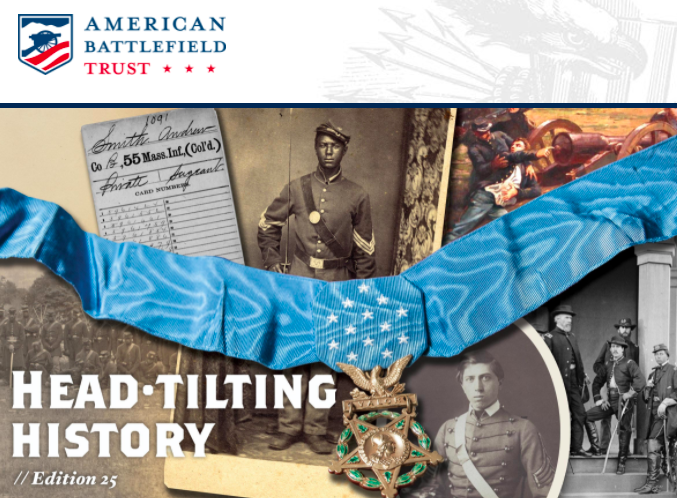From National Parks Traveler... - April 24th, 2022
"Worm fencing," a unique pattern used for fencing on preserved Civil War battlefields, will be removed from the Murphy-Chambers Farm at Harpers Ferry National Historical Park because there's no record of such fencing used there, according to the National Park Service.
Crews are scheduled to begin removing worm fencing Monday from the Murphy-Chambers Farm section of the park. There is no evidence of worm fencing at Murphy-Chambers Farm in either historical photos or the records from the Chambers family, a park release said.
"Removing this fencing is an important step in returning this area to the way it looked from the Civil War period into the early 20th century," it added.
Worm fencing, also known as Virginia, split-rail, log, zigzag, snake, or battlefield fencing, is composed of timber logs split lengthwise into rails. The rails are stacked on top of one another, often in an interlocking zig-zag pattern. It was the most common type of fencing in the United States by the late 1800s, and was primarily used for animal enclosures and agriculture.
“We recognize that this type of fence often invokes the iconic look and feel of a Civil War battlefield,” said Harpers Ferry Superintendent Tyrone Brandyburg. “However, we believe in the importance of historical accuracy as we decide how to maintain our landscapes. These places are such an important piece of the stories that we tell. We want to provide our visitors with the chance to make authentic connections with the history we protect, and this change will contribute to those efforts.”
The park will continue to follow best practices to protect and preserve Murphy-Chambers Farm. For more information on this project, visit the Murphy-Chambers Farm Historic Landscape Improvements page on the park website.
Murphy-Chambers Farm was the site of several significant moments in Harpers Ferry’s history:
Confederate General A.P. Hill made his flanking maneuver against the Union Army’s position on Bolivar Heights at Chambers Farm during the 1862 Battle of Harpers Ferry.
Local resident Alexander Murphy made five acres available on the farm to Washington, D.C., journalist and preservationist Kate Field for $1 to rebuild John Brown’s Fort after it sat in a vacant lot in Chicago for some years.
John Brown’s Fort stayed here from 1894 to 1909, attracting attendees of the Niagara Movement’s 1906 second annual meeting, including Dr. W.E.B. Du Bois, for a pilgrimage. Niagara Movement members formed the National Association for the Advancement of Colored People (NAACP) in 1911.












